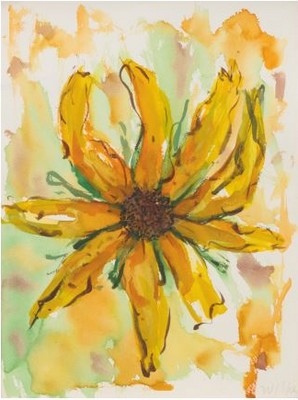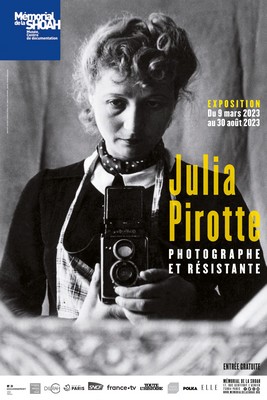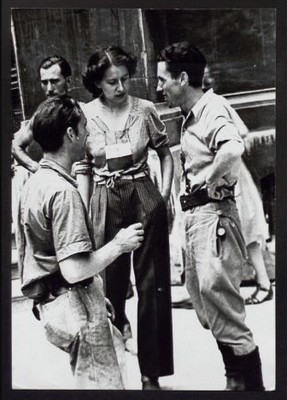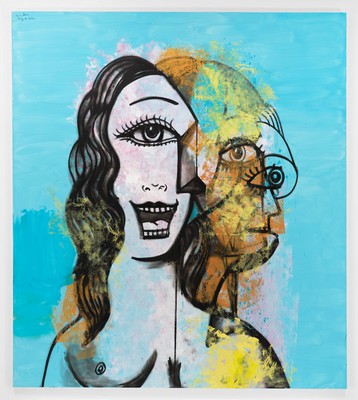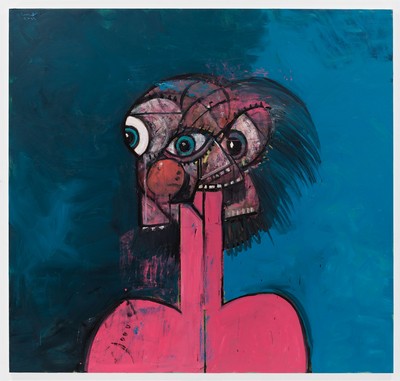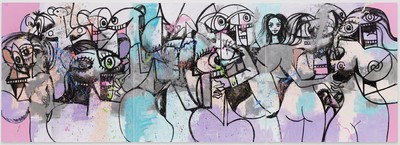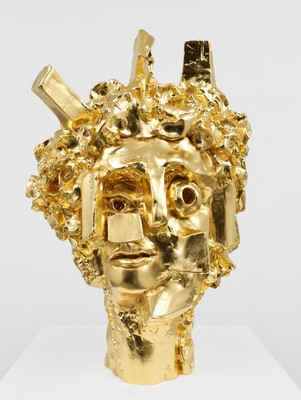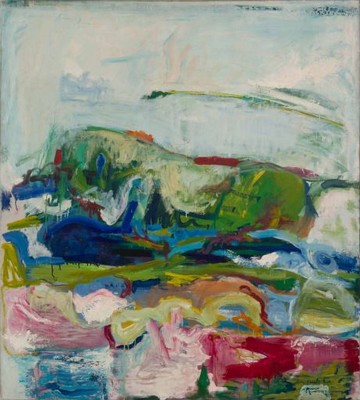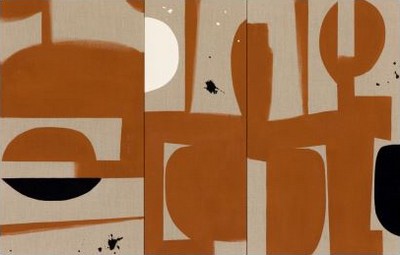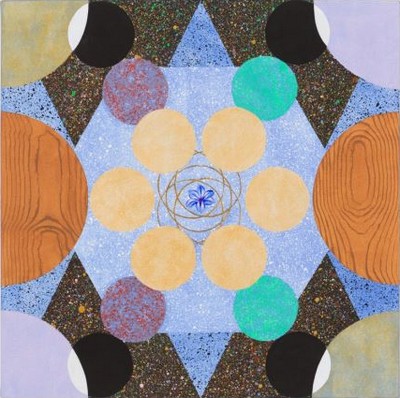Joseon White Porcelain: Paragon of Virtue
Leeum Museum of Art, Seoul
February 28 - May 28, 2023
Leeum Museum of Art presents the first special exhibition, on ceramics in the history of Leeum, Joseon White Porcelain: Paragon of Virtue. It is organized for the express purpose of bringing together all of the diverse types of Joseon white porcelain in a single place. Because there are so many varieties of Joseon white porcelain, as well as many extant works, it has typically been presented in thematic exhibitions or displays focusing on individual forms or decorative techniques. While such exhibitions and projects are very meaningful in providing an in-depth understanding of certain types or categories, they have thus far precluded any attempt to comprehensively examine the full spectrum of Joseon white porcelain. Notably, the development and modification of Joseon white porcelain over time directly reflects the ups and downs of the society as a whole. Hence, white porcelain can serve as a fascinating lens for examining the entire history of the Joseon Dynasty and the minds of its people.
In order to allow various details to be easily distinguished, this exhibition has been roughly divided into three sections: blue-and-white porcelain, white porcelain in iron-brown or copper-red underglaze, and monochrome white porcelain. With the exception of blue-and-white porcelain, which was generally the highest quality white porcelain of the time, the other two types were produced in kilns throughout the country. Therefore, the displays in those sections have also been subdivided between porcelains produced by the official kilns (near the capital) and by regional kilns.
Through the triumph and turmoil of the full 500-year history of the Joseon Dynasty, numerous white porcelains were steadily produced by each region, which now serve as a mirror for their respective time period. Containing both tradition and innovation, elegance and humor, contraction and expansion, the legacy of Joseon white porcelain cannot be easily described or summarized in a few words. Seeking the best way to approach this quandary, Leeum thought about the society that produced and used these white porcelains in everyday life. Taking another look at the white porcelains featured in this exhibition, it is reminded of the “gunja,” or “superior person,” who manifests the highest virtues and ideals of Neo-Confucianism.
From the time of its founding, Joseon established a centralized system of government based on Neo-Confucianism, which became deeply rooted throughout the country as the fundamental state ideology. By practicing self-cultivation based on their study of Neo-Confucianism, the people of Joseon ultimately aspired to transcend their individual lives and become like the gunja, the model of Neo-Confucian virtue. As this exhibition shows, the physical embodiment of that virtue was white porcelain.
Showcasing the myriad facets of Joseon white porcelain, which widely vary depending on the time period, production site, and decorative technique, Joseon White Porcelain: Paragon of Virtue seeks to move beyond mere aesthetic appreciation by illuminating the conception of the gunja that the people of Joseon sought to emulate. To this end, the exhibition not only introduces a dazzling array of Joseon white porcelains, ranging from the highest quality ceramic treasures to everyday household items used by ordinary citizens, but also describes how these vessels epitomize the fundamental principles of Joseon society. As such, our hope is that the exhibition will open a new horizon for the overall perception of Joseon white porcelain.
LEEUM MUSEUM OF ART
60-16, Itaewon-ro 55-gil, Yongsan-gu, Seoul, 04348

